“Tororo konbu” is a convenient ingredient that, with its moderate saltiness, sea scent, and melting texture, you can add to your usual menu, such as clear soup, onigiri, and udon, to dramatically improve the flavor. In this article, we will introduce the characteristics of Tororo konbu, how to make it, popular recipes, and the characteristics of Miyagi Prefecture’s Tororo konbu in detail.
What is Tororo Konbu?
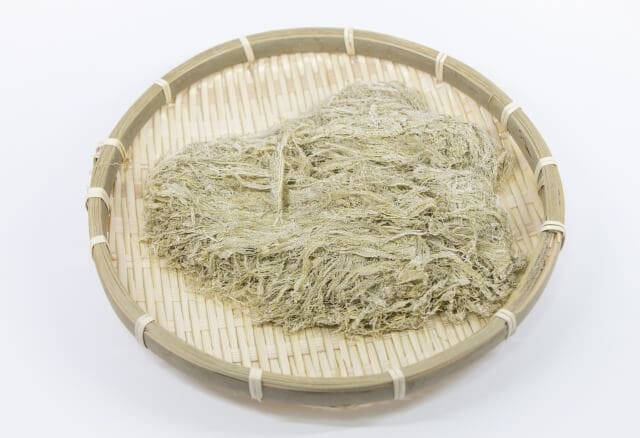
Tororo konbu, also known as yam konbu or shaved konbu, is a processed food made from kelp. It’s created by first softening the kelp (makonbu or risikobu) in vinegar, then solidifying it into a block, and finally shaving thin strips from the cross-section. In contrast, oboro konbu isn’t thread-like; craftsmen meticulously shave the kelp’s surface into strips one by one.
Types according to Processing Method
Black Oboro Konbu
Black Oboro Konbu, also known as “Sarae,” starts with konbu that’s been softened in vinegar and shaped uniformly by trimming its ends. The outer black skin of the kelp is meticulously shaved off by artisans, resulting in thin, fluffy shavings with a dark color. This type retains some of the kelp’s skin, lending it a subtle saltiness and tanginess. It’s less sticky compared to White Oboro Konbu, offering a refreshing texture that melts delicately on chopsticks. Popular for enhancing dishes like rice, udon, or soba, Black Oboro Konbu is prized for its affordability and unique culinary versatility.
White Oboro Konbu
On the other hand, white Oboro Konbu, also referred to as “Taihaku oboro” or “Joshiro oboro,” focuses on shaving the inner white part of the kelp after removing the black outer layer. This results in shavings that are sweeter and richer in umami flavor compared to the black variety. Known for its luxurious quality, White Oboro Konbu is considered a premium product among kelp varieties. The process involves expert craftsmanship to ensure each shaving is of the highest quality. Moreover, the leftover core after shaving the White Oboro Konbu is called “shiroita konbu,” often used in sushi dishes like battera and oshizushi.
Tororo konbu History
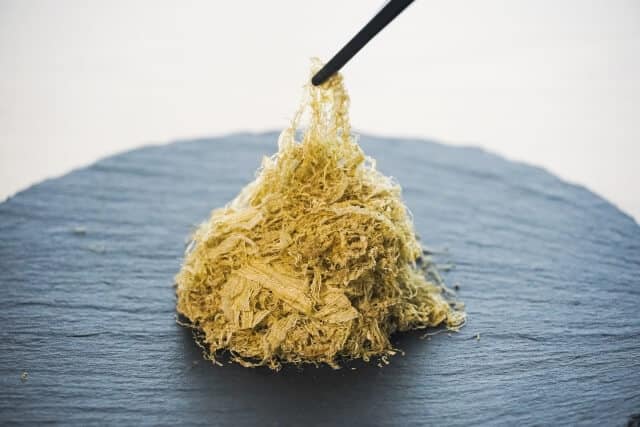
Hokkaido is renowned for its kelp, traditionally transported during the Edo period on Kitamae-bune ships to processing sites at major ports. Back then, mold often grew within the kelp due to inadequate preservation methods, leading to the practice of selling “Oboro Konbu,” where only the mold-free surface was scraped off for sale. Technological advancements eventually allowed for better mold prevention, making it possible to use the previously discarded inner kelp, known as whiteboard kelp, in dishes like battera. So, from Oboro Konbu emerged “Tororo Konbu,” a product shaped by shaving solidified kelp blocks.
Difference between Tororo konbu and Oboro konbu
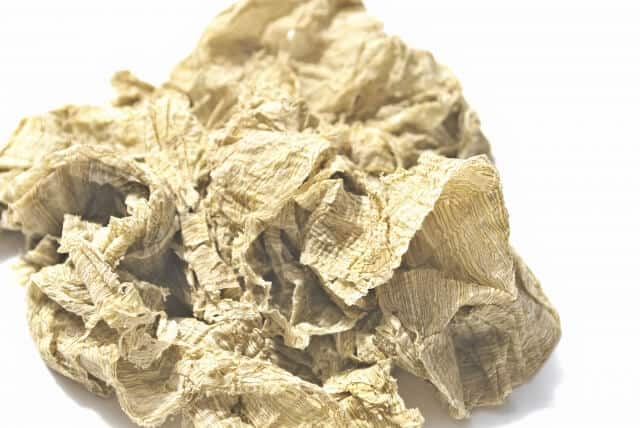
Tororo konbu and Oboro konbu may seem similar, but they differ in how they’re processed and their intended use. Tororo konbu starts with konbu soaked in sweet vinegar, then stacked under pressure to form a solid block, which is machine-shaved vertically into thin sheets. This method allows for fast production and a silky texture ideal for soups and various dishes. In contrast, Oboro konbu is meticulously shaved by hand from each piece of konbu, emphasizing high-quality thick pieces with a flat surface. Thus, this handmade process retains the konbu’s firm fibers, making it versatile for wrapping around rice balls.
Tororo konbu FAQ
- What does Tororo Konbu taste like?
-
Tororo konbu has a unique taste characterized by its mild sweetness and subtle umami flavor. It retains the natural essence of konbu seaweed, which is slightly salty and savory. The texture is soft and delicate, akin to silk, due to its thin, finely shaved sheets. When added to dishes like soups, noodles, or rice balls, tororo konbu enhances the overall flavor with its gentle taste and smooth mouthfeel.
- What are some occasions and seasons to eat?
-
Tororo konbu, known for its long shelf life, is a staple in many households. Locals enjoyed this in various settings throughout the year. It’s commonly used to make tororo konbu onigiri, a favorite dish among people of all ages. These rice balls are popular for everyday bento lunches, neighborhood gatherings, festivals, children’s sports events, school trips, and other social occasions.
How to make Tororo Konbu?
Tororo konbu production begins with selecting high-quality konbu seaweed, typically sourced from regions like Hokkaido. The konbu is cleaned and inspected to ensure it meets standards for freshness and flavor.
To facilitate the shaving process, the konbu is soaked in vinegar. This step helps soften the tough fibers of the konbu, making it easier to shape and shave into thin strips.
After soaking, the konbu is pressed under high pressure to form compact blocks. This compression step is crucial in creating a solid base from which thin, uniform shavings can be made.
Unlike oboro konbu, which shaves the surface of the konbu sheets, tororo konbu is created by shaving the cross-section of the stacked konbu blocks. This method produces thread-like shavings that are soft and delicate in texture.
Where to buy Tororo Konbu?
Kobumasa (堺の昆布処こぶ政)
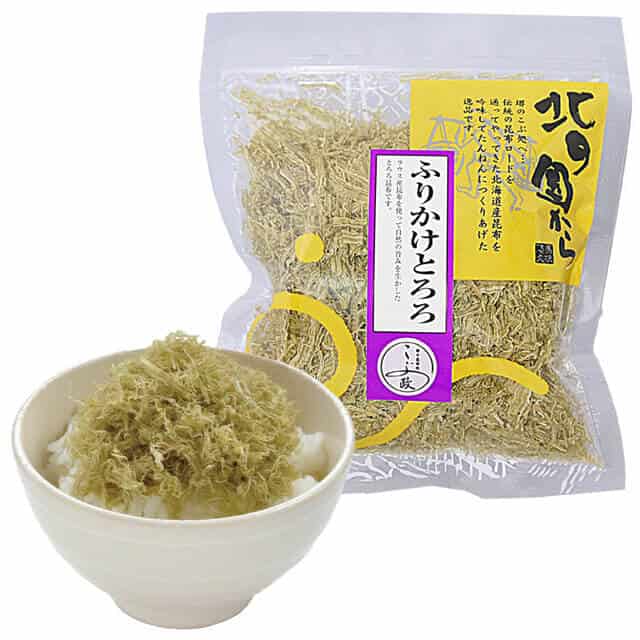
Konbu harvested in Hokkaido was transported to Sakai, Osaka by Kitamae ships, and in the 17th century, konbu processing companies began to appear in Sakai. The main konbu processed products in Sakai are “Tororo” (grated yam) and “oboro” (broth), and one of the reasons for its development is that Sakai is a producer of excellent blades. “Kobu Masa” is the factory direct sales store of Matsumoto, a Konbu processing manufacturer founded in Sakai.
Itsuji Konbu Main Store (五辻の昆布)
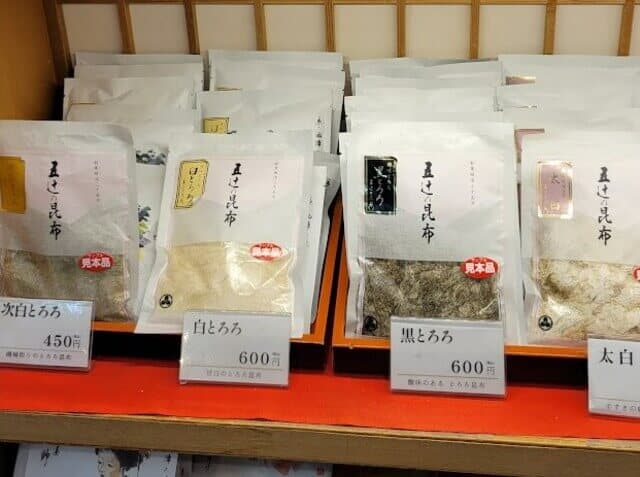
At Itsutsuji Konbu Online Shop, we deliver grated konbu using traditional methods. They made their product by shaving the inside of konbu by craftsmen. It is also wide and thinly shaved, and recommended for wrapping around rice balls or in soups.
Final Thoughts
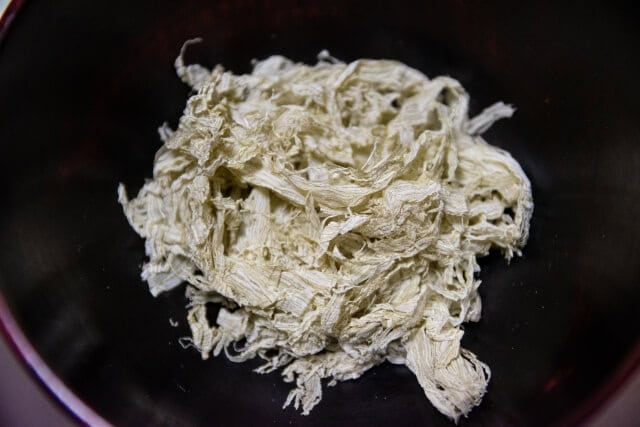
In conclusion, exploring the world of tororo konbu reveals a fascinating aspect of Japanese culinary tradition. This unique ingredient, celebrated for its delicate texture and umami-rich flavor derived from carefully selected konbu seaweed. By understanding the craftsmanship behind tororo konbu, akin to process of making natto, readers can appreciate how traditional methods and pure ingredients.
You can check some Japanese condiments that we know you would like to try too.
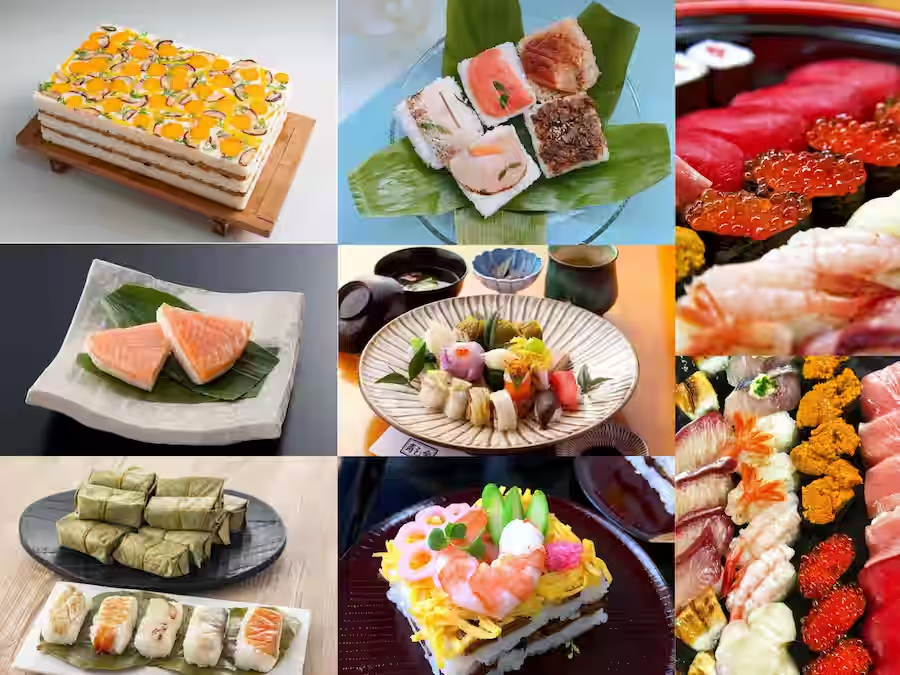
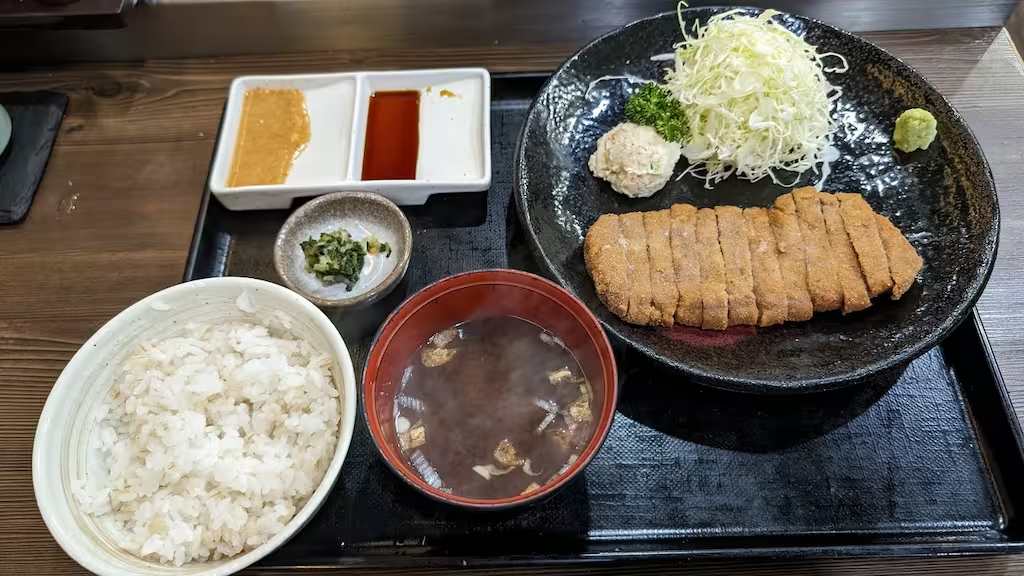
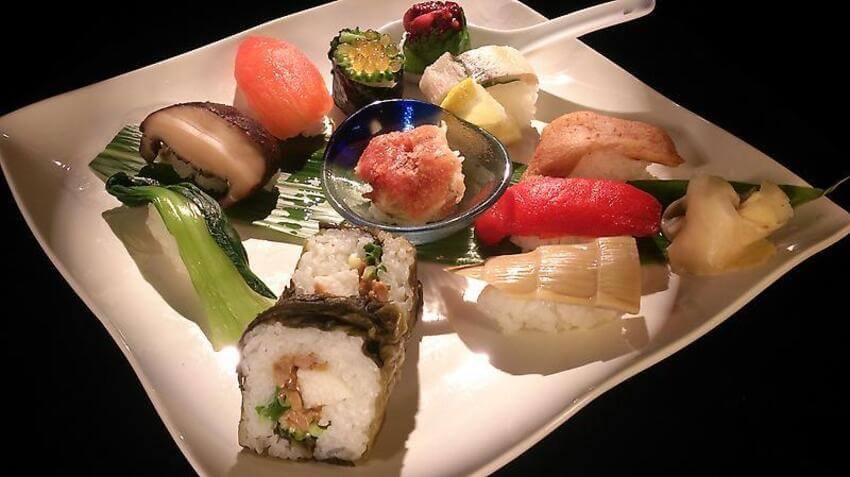



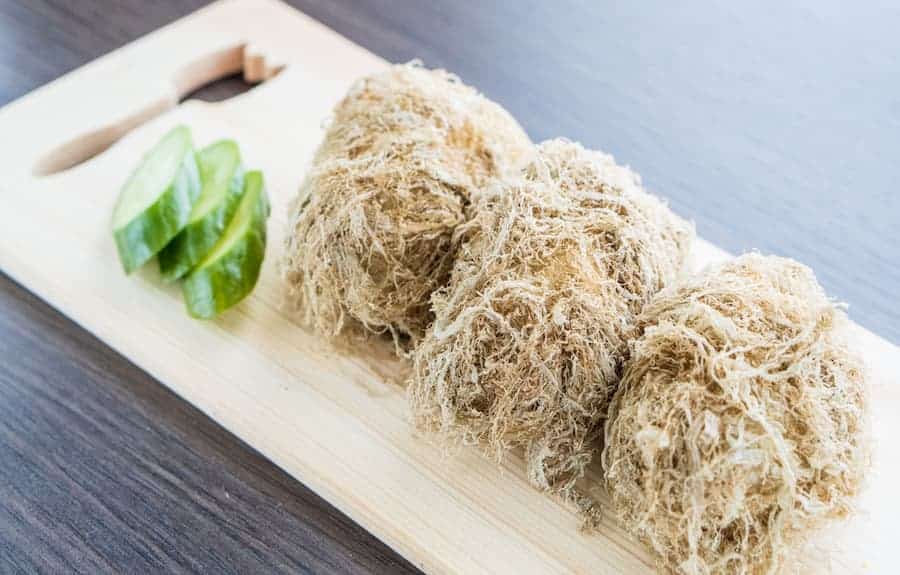
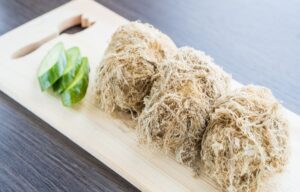
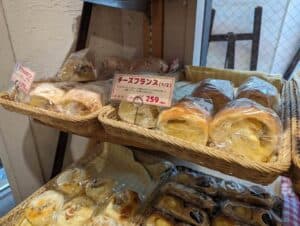
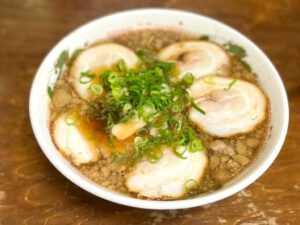
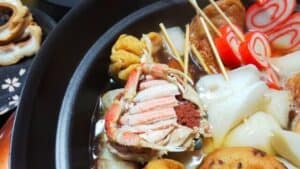
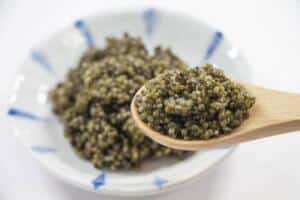
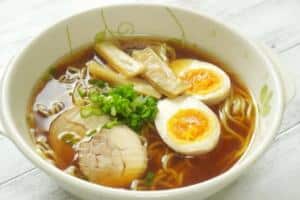
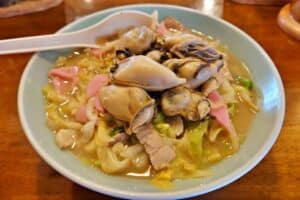
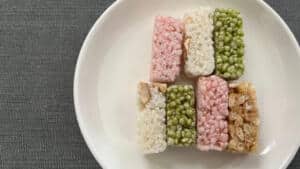
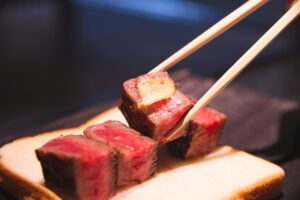
Comments